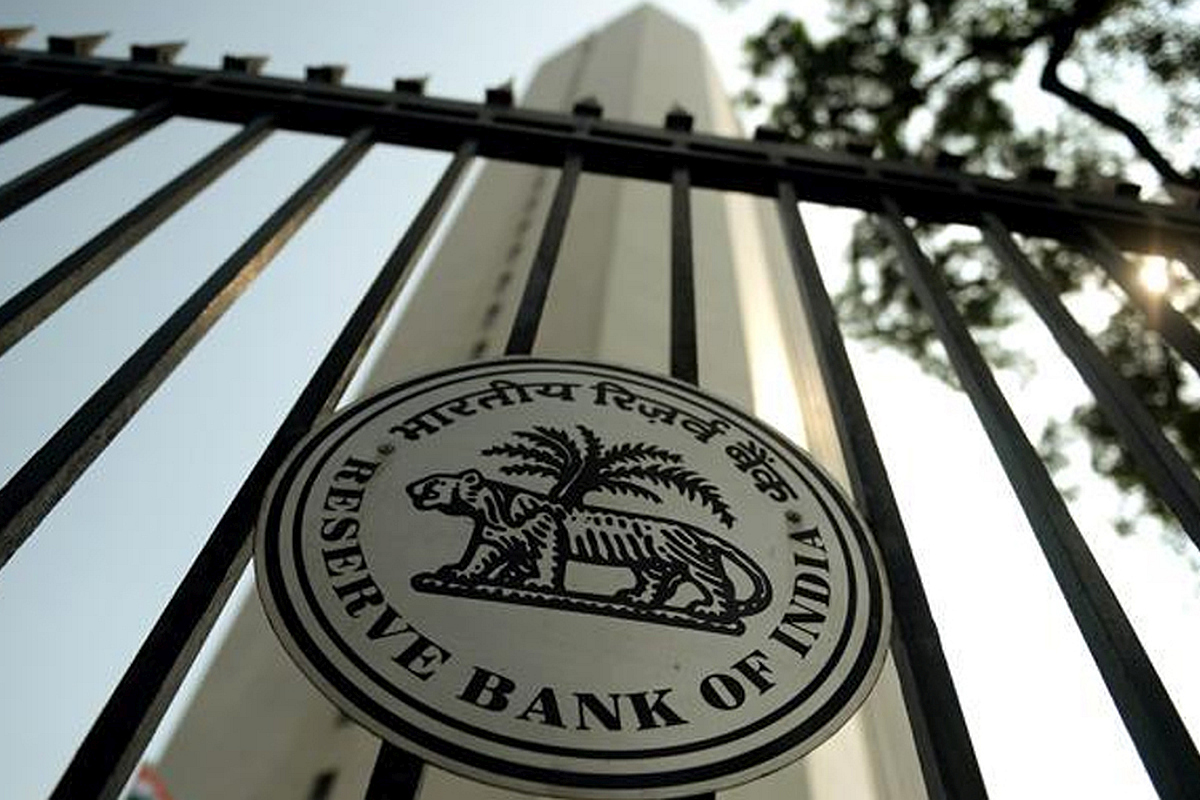India’s financial landscape is undergoing a significant transformation with the impending launch of the Unified Lending Interface (ULI), a platform designed to bridge the credit gap for rural and small business borrowers. This initiative, led by the Reserve Bank of India (RBI), underscores the growing recognition of the critical need to provide accessible and timely credit to underserved sectors, particularly in agriculture and small enterprises. The ULI is expected to address a longstanding issue in India’s financial system: the difficulty small and rural businesses face in accessing formal credit.
Traditionally, these sectors have been reliant on informal lending channels, often at exorbitant interest rates, due to the lengthy and cumbersome credit appraisal processes within formal banking. By streamlining this process and ensuring faster, more efficient credit transfer, the ULI platform could be a game-changer for millions of small business owners and farmers across the country. At the core of ULI’s potential success is its digital infrastructure, which builds on India’s recent strides in financial technology. The RBI’s previous initiatives, such as the Unified Payments Interface (UPI), have already transformed the payments eco – system in India, making digital transactions faster, more secure, and accessible to the masses.
Advertisement
The UPI’s success has demonstrated the power of digital solutions in overcoming traditional barriers in the financial sector. ULI is poised to replicate this success in the lending space by providing a consent-based, digital flow of information, enabling banks and financial institutions to make quicker and more informed lending decisions. One of the most significant benefits of ULI is the reduction in time for credit appraisal. In the current system, small borrowers often face delays in obtaining loans, as banks require extensive documentation and multiple layers of verification. ULI’s digital platform aims to cut through this red tape by centralising and digitising information from diverse sources.
This will not only speed up the loan approval process but also ensure that borrowers can access credit when they need it most, whether it is for planting a new crop, purchasing equipment, or expanding a business. Moreover, ULI has the potential to enhance financial inclusion in India, a key goal of the government and the RBI. Despite progress in recent years, many rural and small business owners still lack access to formal financial services. By making credit more accessible, ULI can help integrate these underserved communities into the formal economy, fostering economic growth and reducing income disparities. However, the success of ULI will depend on several factors.
First and foremost, the digital infrastructure must be robust enough to handle the vast amount of data and transactions that will flow through the system. It must also be secure enough to ensure data is safe. Additionally, financial literacy and digital access in rural areas must be prioritised to ensure that potential borrowers can effectively use the platform. The government’s on-going efforts to improve internet connectivity and digital literacy in rural areas will be crucial in this regard.









